CAEN Showcases Cutting-Edge UAV Radiological Detection Unit at CSCM Event
The recent CSCM Chemical, Biological, Radiological, and Nuclear (CBRN) Science and Consequence Management World Congress in Cavtat, Croatia, saw a remarkable display of advanced technology and international collaboration. Among the highlights of the event was CAEN’s unveiling of a state-of-the-art Unmanned Aerial Vehicle (UAV) radiological detection unit. This groundbreaking technology promises to enhance radiological contamination risk assessment while safeguarding the public and the environment.
Cavtat, Croatia – The CBRNe Science and Consequence Management World Congress, held from October 22-27, successfully brought together experts from around the world to share scientific insights and foster cooperation in the field of Chemical, Biological, Radiological, and Nuclear (CBRN) science.
One of the standout moments during the Congress was the showcase by CAEN, a leading innovator in radiation measurement technology. Their presentation focused on a cutting-edge UAV radiological detection unit that could revolutionize the way radiological contamination risks are assessed and mitigated: the GAMON Drone.
This UAV technology, which combines the capabilities of unmanned aircraft and advanced radiological detection systems, enables rapid and accurate assessment of radiological hazards in both urban and remote environments. By providing real-time data and mapping, the UAV offers a valuable tool for emergency response teams and first responders.
The primary goal of the CBRNe Science and Consequence Management World Congress was to promote global awareness of CBRN science and encourage adherence to non-proliferation norms. As part of this mission, technical nuclear nonproliferation experts from the United States organized a three-day training event during the Congress. This event featured a comprehensive curriculum that included classroom instruction and field exercises.
The training, supported by a team of U.S. experts and Croatian partners, aimed to enhance the knowledge and skills of participants, empowering them to effectively identify, assess, and mitigate radiological contamination risks while prioritizing the safety of the public and the environment.
CAEN’s UAV radiological detection unit served as a practical example of how advanced technology can play a pivotal role in ensuring effective radiological contamination management. Its ability to swiftly and accurately detect radiation sources and provide real-time data aligns with the core objectives of the Congress: improving CBRN science awareness and fostering international cooperation in non-proliferation efforts.
As the world faces evolving threats in the realm of radiological hazards, CAEN’s innovation, along with the knowledge and skills imparted during the training event, signifies a significant step forward in protecting global communities from radiological risks.
The successful integration of advanced technology and international collaboration at the CSCM event demonstrates the commitment of the global scientific community to work together in achieving a safer and more secure world.
Let’s go over the steps of the demonstration together
Flight plan
The flight area was on the Prevlaka pensinsula south of dubrovnik where a former military base was hosted. The scenario involving chem and rad threat was placed at the coordinates 42°24’19.6″N 18°30’40.5″E. A pre-defined polygon was drawn and then the grid paht was defined.

- Total investigated area: 2450 m2
- Total length: 453 m
- Set fligth speed: 1m/s
- Set flight altitude: 5 m
- Fligth duration from take off to land: 10:03
- Average cps value without source: 92 cps
Flight execution
After the source was positioned the pilot start the programmed flight and the planned path was automatically followed by the drone. The total path was covered in around 10 minutes and the alarms start to sound at more than 30 meters of distance from the source.
The special feature of the gamon drone is the capability to get all the radiological data in live time with the same range of the remote controller (up to 20km).
As howcased during the live demo, on the tablet the live spectra, count rate, dose rate, alarm status and isotopes idenfied were displayed.
The max count rate was reached with the drone exactly over the top of the van at 5 meter of altitude from the ground. In this position the count rate was around 17000 cps. Due to the high count rate, CAEN operator decide to switch to manual mode to increase the altitude of the drone and show the capability of detection of the source even at higher altitude.
He reached a final height of 30 meters above the ground and the GAMON-Drone was still alarming the operator with more than 300 cps and the Isotope was immediately identified as Cs-137.
The drone was finally landed in the landing area with more than 75% of the battery charge still available.
This short demo showcased the CAEN GAMON-Drone capabilities to detect and identify a nuclear threat in few seconds of flight and few minutes for setup of the device and the plan of the measurement. The Good resolution and high sensitivity of the gamon-drone allow to detect the source at more than 30 meters of distance and identify the isotope.
At the following link you can see a file generated by the drone at the end of the mission and a pdf report of the whole mission.


